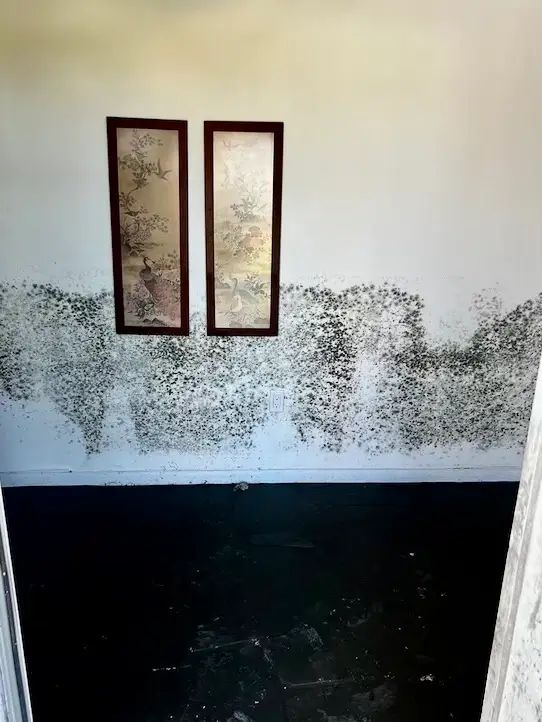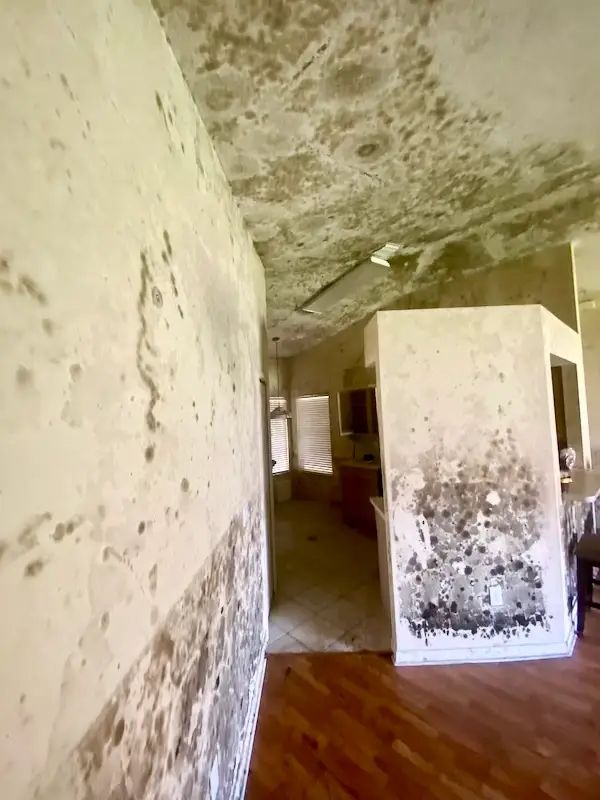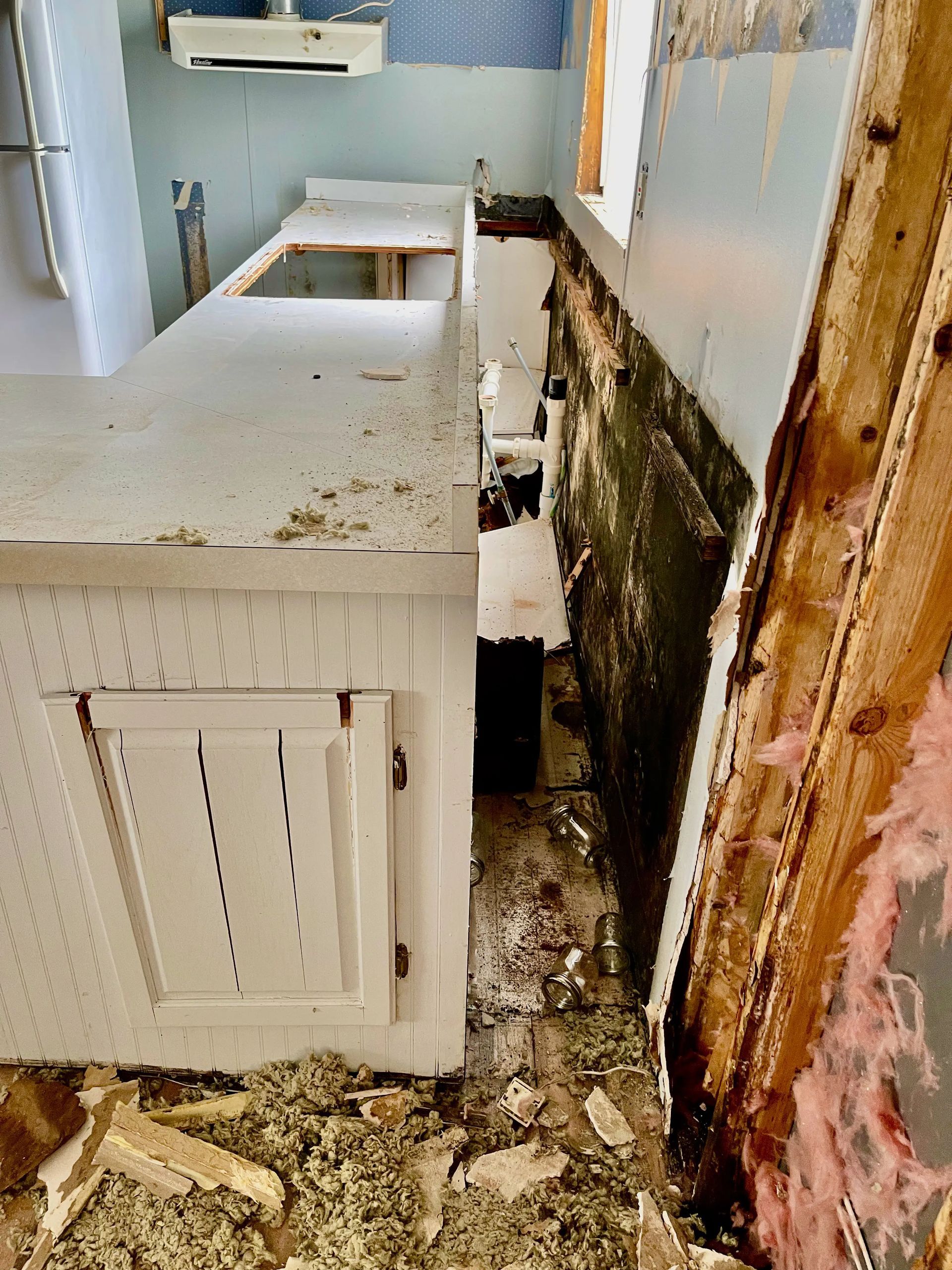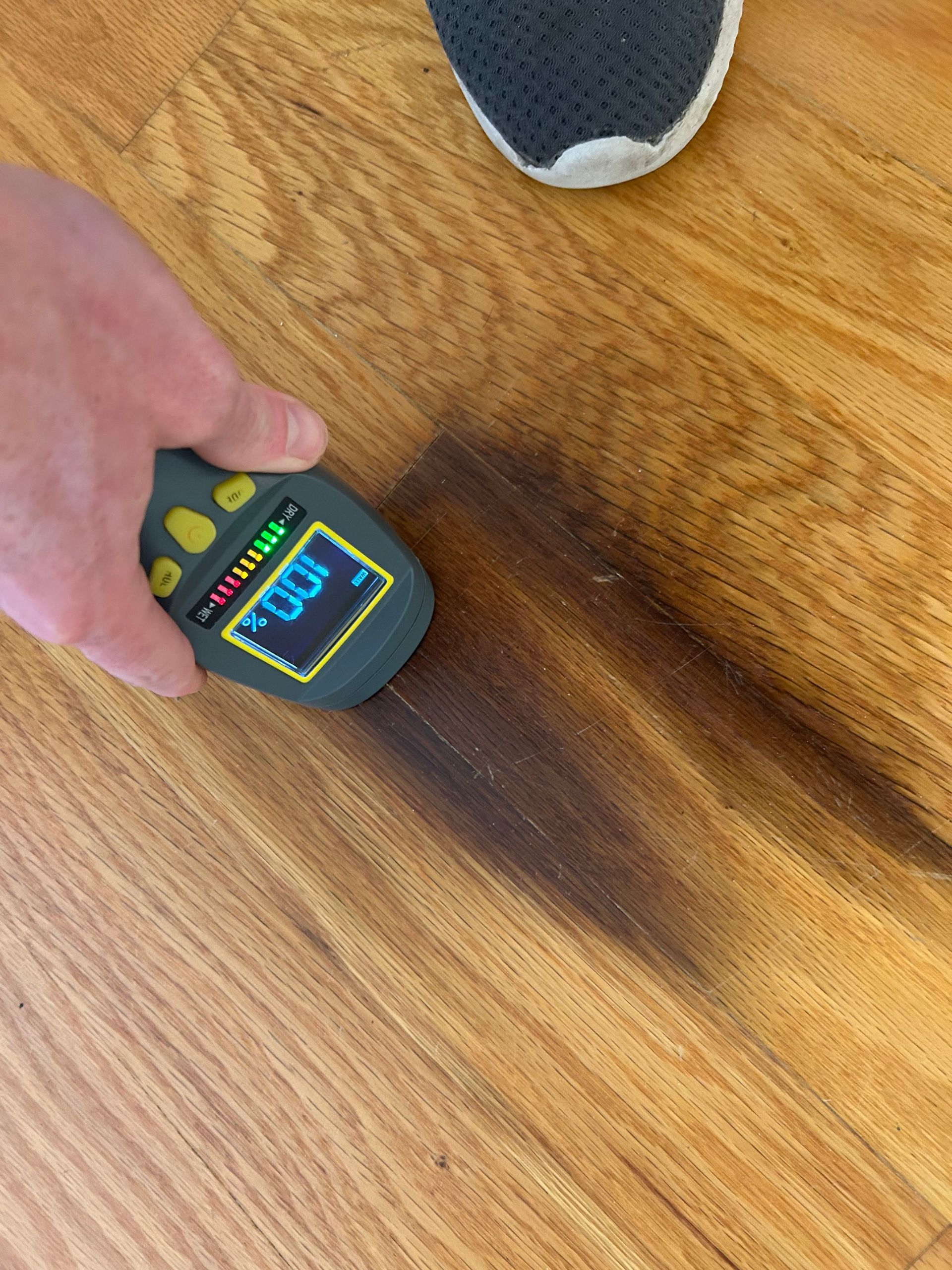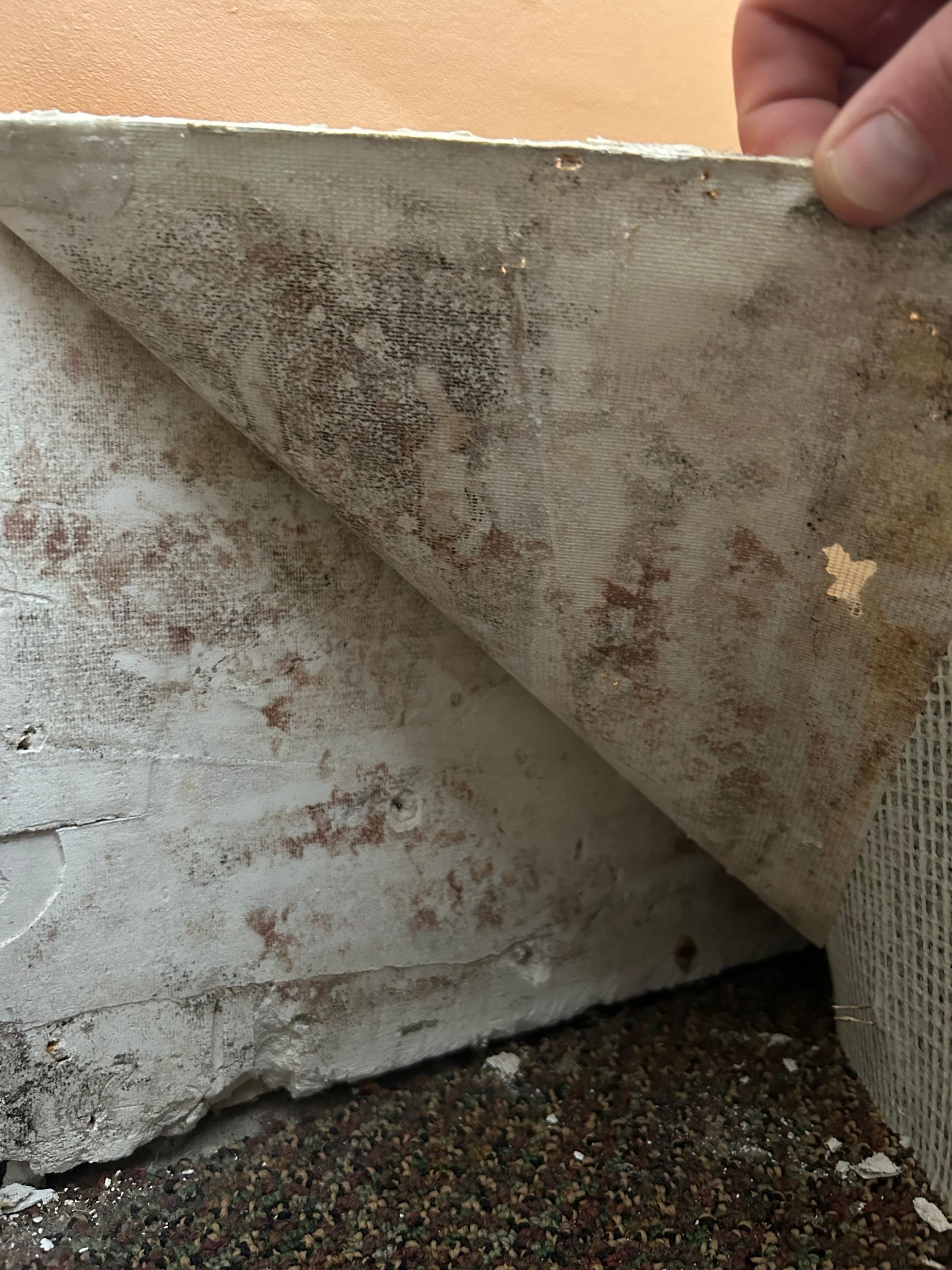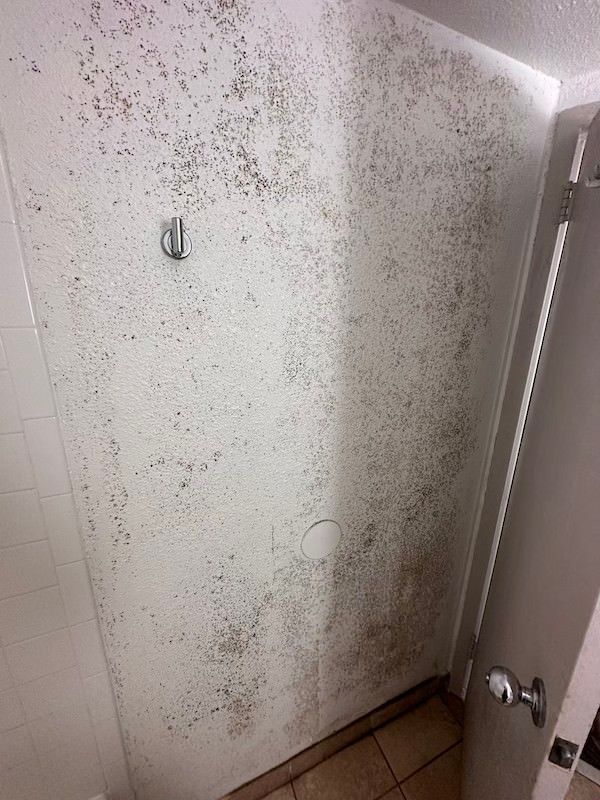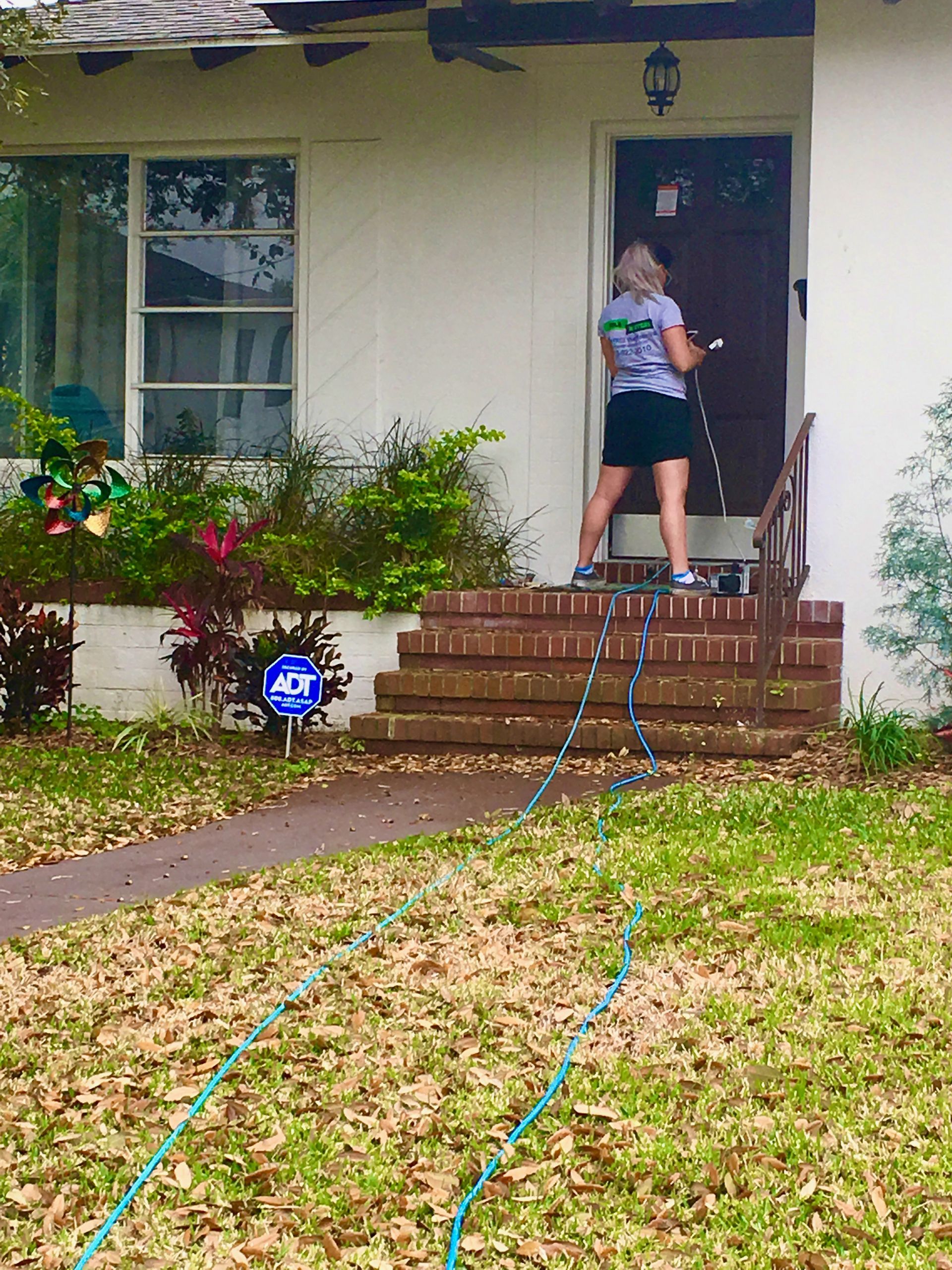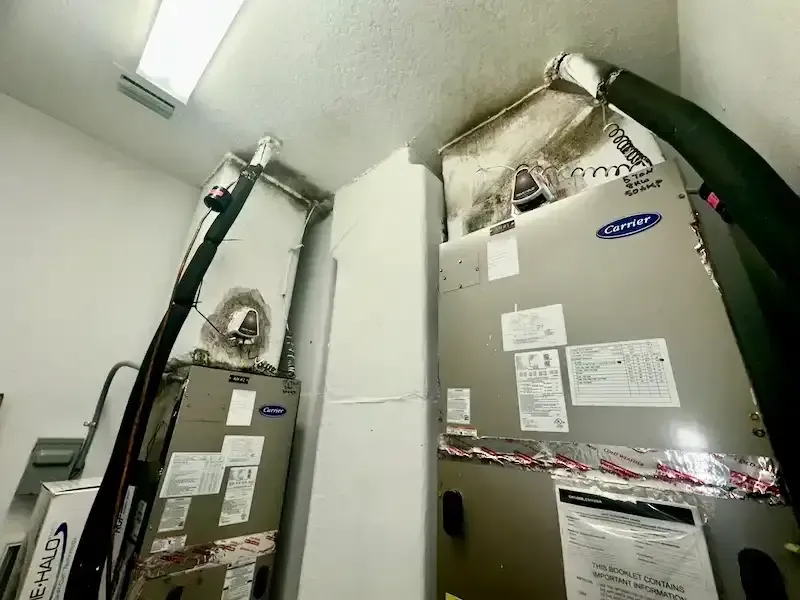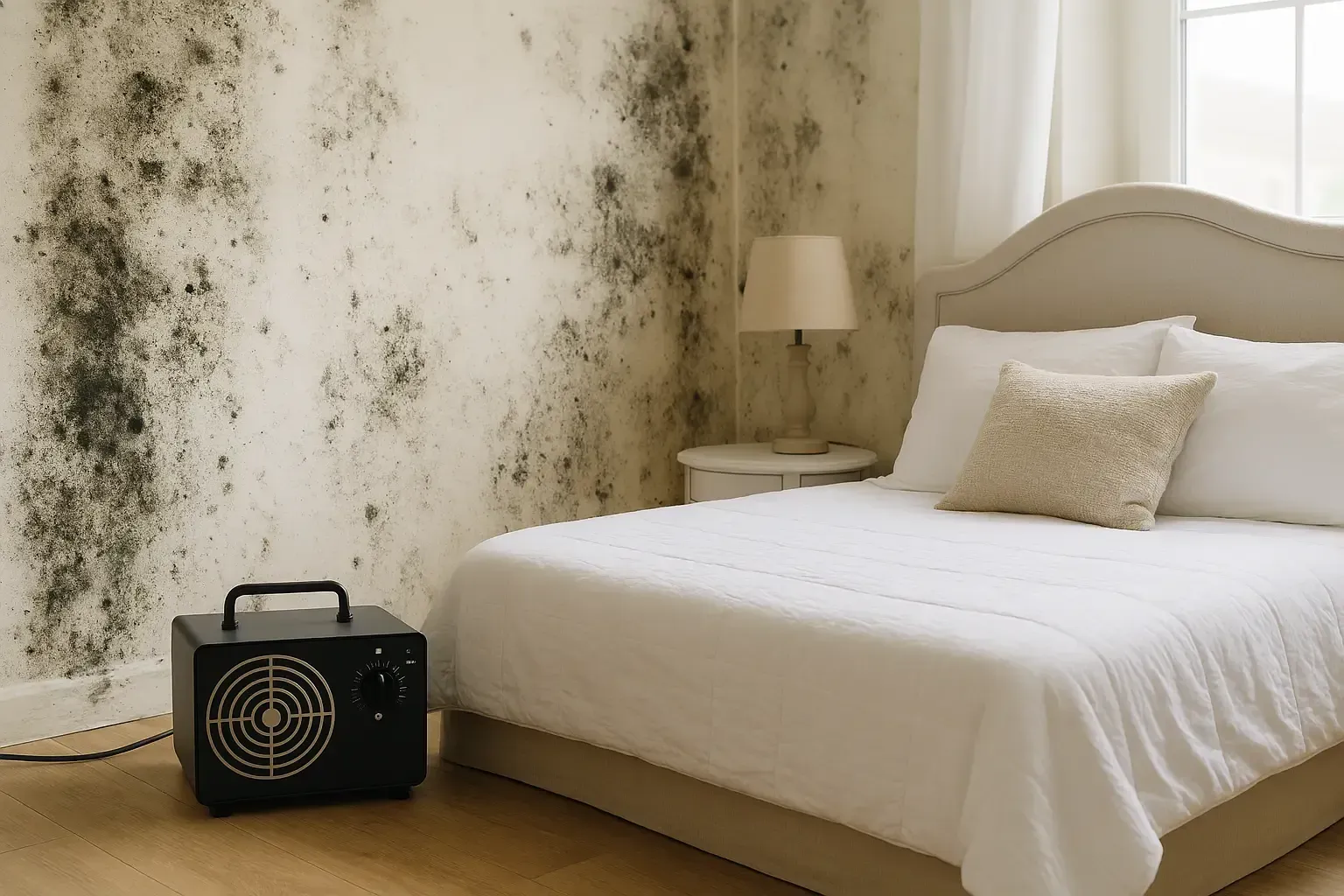🎨 What Mold Color Really Means in Your Florida Home
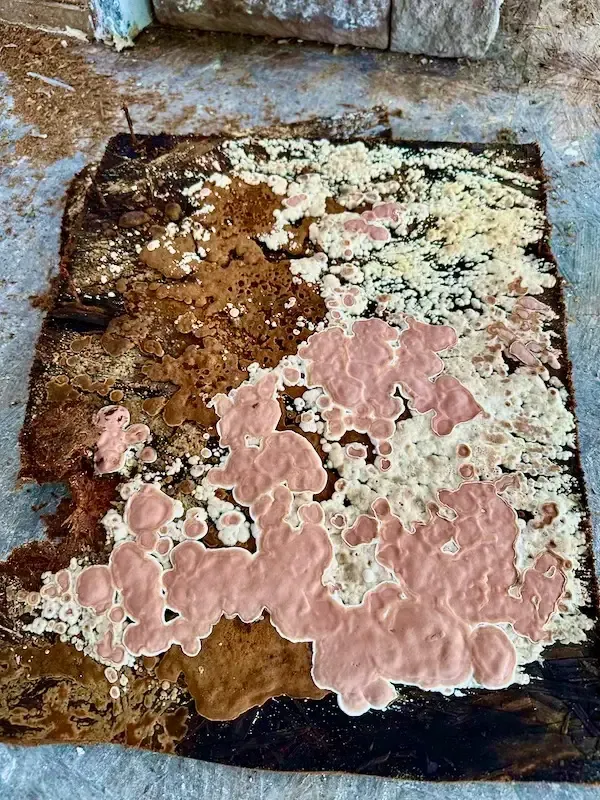
Hi! I’m Jenni, owner of Mold Masters and your friendly Florida mold nerd. Let’s talk about something I get asked about all the time: the color of mold. Spoiler alert—it’s not just cosmetic. Color can give us clues, but it's not the whole story.
🌈 Mold Colors: What They Can Tell You
Color doesn’t tell us everything about toxicity, but here’s a helpful breakdown to start making sense of what you might be seeing:
- Green Mold 💚
Often found in HVAC systems and bathrooms. May be allergenic and irritating to sensitive individuals. - Black Mold 🖤
Usually Stachybotrys. Associated with serious health effects, especially in homes with chronic moisture problems. Granted, not all molds that are black are Stachybotys. More often than not, it is Cladosporium or Basidosprore, which are not bad! - White Mold 🤍
Can indicate early growth or low-spore activity. Shows up on wood, drywall, and humid surfaces. This is called blooming. Normally it is Penicillium/Aspergillus, and that mold actually comes in a lot of colors! - Blue Mold 💙
Often Penicillium—can grow on furniture, insulation, or even inside wall cavities. - Brown Mold 🤎
Frequently found in subflooring and behind walls. Common in construction materials that have been exposed to moisture or humidity. - Orange Mold 🧡
Typically slimy and loves bathrooms, crawlspaces, and sub-floors. It’s more gross than dangerous, but still needs to go. - Pink Mold 🩷
Fun fact: It’s actually bacteria, not mold. Still common in grout, tubs, and showers—and totally worth removing. - Yellow Mold 💛
It could be Trichoderma. It can damage structural materials and produce mycotoxins, which is a very bad thing. That goes to show that black mold is not the only bad guy out there.
🌀 Fun twist? Multiple mold types can live together in the same spot—which makes color-based diagnosis unreliable without expert testing.
🚨 What To Do If You Spot Mold
No matter the shade, mold is never just a surface-level problem. In Florida's humid climate, it spreads fast—and if you ignore it, it won’t go away.
Here’s what I recommend:
- Don’t panic (but don’t wait either)
- Avoid DIY testing-at home kits are more of fuzzy science experiment, but they don’t provide results that are not quantitative and can give you false positives
- Avoid DIY treatments—bleach and sprays often make things worse
- Call in a licensed expert to assess and treat it properly.
At Mold Masters, we’re all about honest assessments, safe remediation, and solutions that work.
📞 Call Mold Masters—We’re On Your Side
Whether it’s a suspicious spot on drywall or a musty smell creeping through vents, we’re here to help.
Call for your inspection and let’s make your space safer—without the drama.

